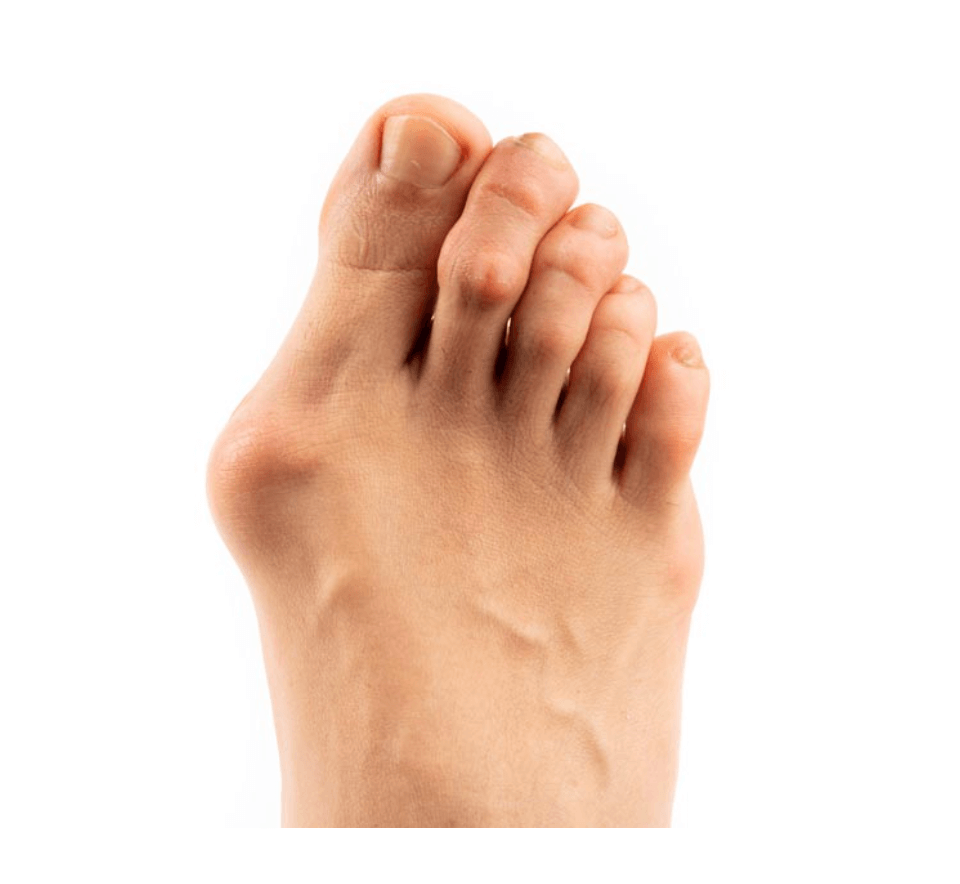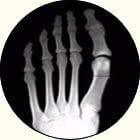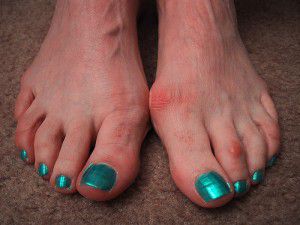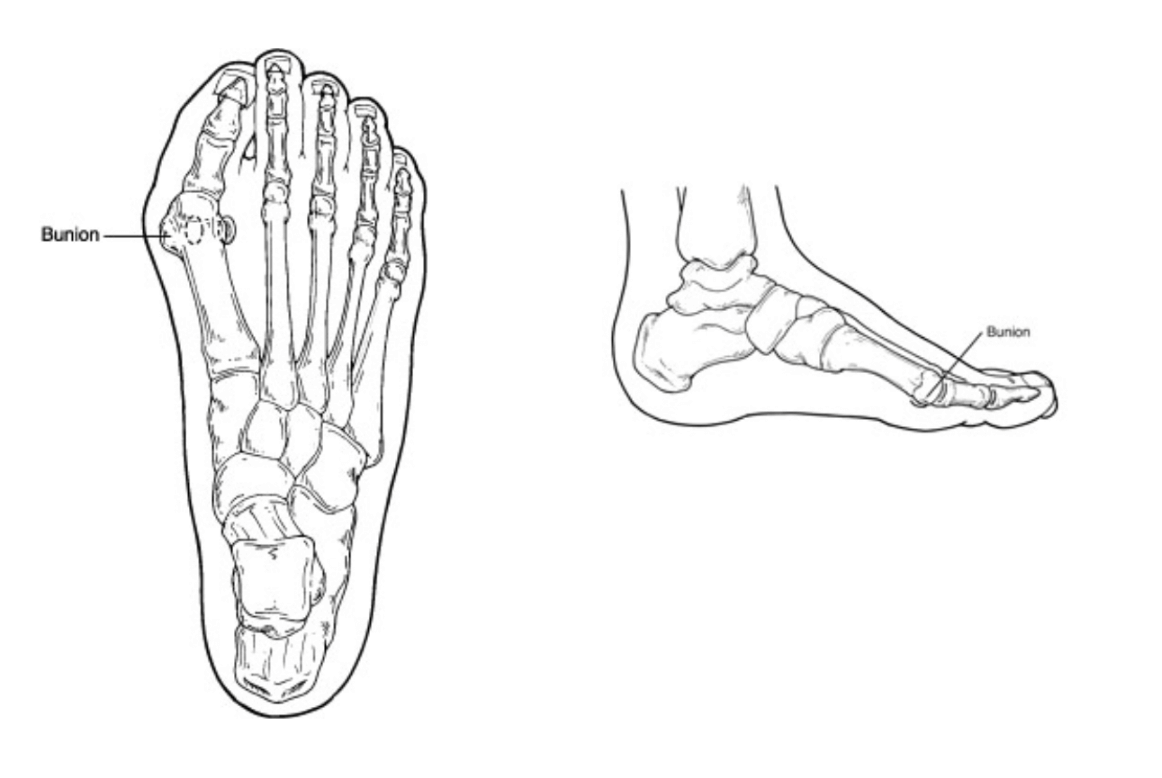bunion surgery issaquah
Displaying items by tag: bunion surgery issaquah
Dr Timothy Young, a Board Certified Foot Surgeon on: Should I Get Bunion Surgery?

Dr Timothy Young, a Board Certified Foot Surgeon on: Should I Get Bunion Surgery? Part 1
Bunions, are a common foot deformity, they can cause pain and discomfort, affecting your daily activities, exercise and overall quality of life. If you're suffering from a bunion, you may have considered the option of bunion correction surgery. However, deciding whether or not to proceed with surgery is a choice that requires careful consideration. In this blog post, I will explore the factors you should take into account when deciding whether to get bunion surgery.
Understanding Bunions: Before considering the decision-making process, it's important to understand what bunions are. A bunion is a bony bump at the base of the great toe, and the deformity also causes the great toe to deviate outward. This condition often leads to pain, inflammation, and challenges in finding comfortable footwear. Bunions can be caused by various factors, including genetics, footwear choices, and certain medical conditions. In most cases, you inherit a foot structure that is prone to developing the bunion.
Conservative Treatments: When considering bunion surgery, you want to explore conservative treatments first. Non-surgical approaches may include changing shoes, using prescription orthotic inserts, applying ice or heat, taking over-the-counter pain relievers, and doing exercises to improve foot strength and flexibility. These methods can provide relief for mild to moderate bunions, and surgery should be considered when conservative measures do not provide relief.
If you are experiencing foot or ankle pain, give us a call at 425-391-8666 or make an appointment online today.
Dr. Timothy Young Discusses Bunion Surgeries Part 3
.jpg)
Dr. Timothy Young Discusses Bunion Surgeries Part 3
After the surgery Dr. Young likes to keep close tabs on his patients' and their recovery. It is important that any post procedure pain is well-controlled. It is also important that they have proper instructions beforehand, so they are prepared at home when all the anesthetic wears off. This is where being a couch potato pays off. Keeping the feet elevated, using ice, and taking medication as prescribed is critical. It is also critical to protect the surgical site either using a special boot, splint, crutches, or scooter. All the presurgical advice like getting a shower protector keeping the dressing intact to protect the surgical site comes into play. At each postoperative visit, the surgical site is checked to make certain it is healing properly and that there are no signs of infection.
Post acute recovery involves:
This involves bone remodeling and healing and soft tissue remodeling and healing. Sutures are removed. Post procedure x-rays are taken to verify the correction is maintained and that the bones are starting to bridge together properly. Our patients take special bone healing supplements also. We also often work with outside physical therapy clinics to help our patients heal faster and obtain proper range of motion and strength.
In conclusion, preparing for bunion surgery requires a comprehensive approach that considers the patient’s medical history, the extent of the deformity, and the type of surgery required. A skilled surgeon will carefully plan the surgery, provide detailed instructions for pre- and post-operative care, and closely monitor the patient’s recovery to ensure the best possible outcome.
If you are experiencing foot or ankle pain, give us a call at 425-391-8666 or make an appointment online today.
Dr Brandon Nelson, A Board Certified Physician & Surgeon, Discusses How to Heal Quickly Following Bunion Surgery

There are a few things patients can do to heal faster from bunion surgery. I will review some ideas that patients can utilize that may decrease healing time frames. Most importantly one must follow the postoperative course as directed by your surgeon. It is important to realize that 2 things need to heal following surgery: soft tissues and bone.
Soft tissues consist of skin, subcutaneous tissues and capsular tissue around the joint. These structures are primarily sutured closed and will typically have sutures in for 10-14 days depending on the site. There are a few supplements that can help to improve healing. I like to have my patients take collagen and zinc and hydrate as these can influence skin healing. Once the wound is closed I encourage the use of silicone and moisturization of the wound. Additionally it is important to start the range of motion of the toe to free up and adhesions.
Bone is the other structure that must heal after bunion surgery. Usually, a bone cut, or fusion is performed. This is dependent on the procedure but there are a few things you can do to speed bone healing. The first being additional calcium and other bone healing nutrients. I like to have my patients take a bone healing supplement and increase the consumption of green leafy vegetables. Additionally, if a bone stimulator is available this can be helpful.
Regardless of the bunion procedure these tips can be helpful in your recovery process. Take care and wish you a speedy recovery. If you are experiencing foot or ankle pain, give us a call at 425-391-8666 or make an appointment online.
Dr Brandon Nelson, A Board Certified Physician & Surgeon, Discuss the most Common Bunionectomy Surgery

Bunion surgery is one of the most common surgical procedures in the United States. It is usually performed in an outpatient setting and no overnight stay is required. The majority of bunion surgeries take less than 2 hours and have great long term outcomes. The most common bunion surgery is an Austin bunionectomy as it is called. It has been utilized for almost 100 years and is a powerful tool in bunion correction.
The Austin bunionectomy traditionally involved a cut in the 1st metatarsal head. It was cut from medial to lateral in a chevron type fashion. This allows for correction of the abnormally aligned joint and removal of the bunion. It usually involves some sort of fixation to hold the bone in place like a screw or a pin. Some surgeons require a period of non-weight bearing and typically 3 months before back to normal activities.`
I personally have performed this type of bunion surgery 1000’s of times. I like to make a longer arm with my but on the bottom of the bone as opposed to a chevron style cut. This allows for a more rigid fixation and faster recovery. The typical patient can return to activities at 6 weeks.
If you have a bunion that is causing pain and want to have minimal downtime give me a call and I can review all your options. Remember I have an onsite surgery center that saves thousands as compared to having your procedure at a hospital or ASC.
Sincerely,
Dr Brandon Nelson, A Board Certified Physician & Surgeon Discuses Bunion Surgery and What to Expect During Recovery

Bunion surgery continues to be one of the most common surgical procedures performed in the United States. In the United States approximately 150,000 are operated on annually. The satisfaction and success rate are high, and most patients are happy with their outcomes.
It is important be well prepared for bunion surgery and I will discuss a few tips that will make the process easier.
1. Make sure you are prepared before the day of surgery and have somebody to help for the first 24 hours
2. Set up a central command, ie a bed downstairs that you have all your necessary items near. Your medications, a bathroom, and some entertainment.
3. Bathroom - you may want to investigate a booster seat for your toilet. It can be difficult if it is too low to stand up once seated.
4. Shower, consider a shower chair or stool
5. Cast cover of something to keep your leg dry
6. Vitamin supplements, I like collagen and bone healing supplements
7. Understand your post-operative course
8. Icing - do not underestimate the importance of icing and elevation for the first 72 hours.
9. Exercise to prevent blood clot, ankle rotations, leg lifts.
I hope you find some of these tips helpful. If you are experiencing foot or ankle pain, give us a call today at 425-391-8666 or make an appointment online.
Sincerely,
Dr. Brandon Nelson, a Board-Certified Foot and Ankle Surgeon and Physician, and Lapiplasty Surgeon Discusses Bunion Corrections

Bunion surgery is one of the most performed surgical procedures in the United States. The bunion can be corrected with many different types of procedure from osteotomies (the cutting of bone) to arthrodesis (the fusion of bones). Lapiplasty procedure is relatively new but utilizes a technique that has been around for years. The procedure is based on a Lapidus bunion surgery.
This procedure was named after a Dr Lapidus. It involves fusion of a tarsometatarsal joint to stabilize the foot and fix the bunion. The Lapiplasty allows for surgeons to have reproducible results utilizing special equipment and cutting jigs. I find Lapiplasty to be a reliable tool for bunion correction. Especially useful in large bunion cases and with people that have had long standing bunions. If you have a large bunion and would like to speak with a Lapiplasty Surgeon please contact my office and we can see if you are a candidate. Give us a call at 425-391-8666 or make an appointment online today.
Sincerely,
Dr Brandon Nelson, A Board-Certified Physician & Surgeon, Discusses The Newest Bunion Surgery Technique

Bunions can be quite painful for many people. They can begin to interfere with activities and make exercising difficult. Additionally, it can become difficult to find shoe gear that fits properly. Most bunions are a genetic condition that is inherited and develops with time and loading of the foot. Many bunions get bigger as time goes on and eventually require surgical repair. Surgery for a bunion can be broken down into two categories what are called head procedures and base procedures. Today I will only discuss a base procedure as this seems to be the most common question lately.
Base procedures are often used for large bunions and can be a powerful tool to correct the foot. The base procedure is usually further divided into joint sparing procedures and joint destructive procedures. The most asked about procedure currently is the Lapiplasty. The Lapiplasty is a procedure based off a technique described by Paul Lapidus. It involves removing a joint in the foot that is the apex of the bunion deformity. The reason this procedure is so effective is it eliminates the primary cause of the bunion, the hypermobile joint that initiated the development of the bunion.
Lapiplasty is a tool set that is provided to make the Lapidus bunion surgery easier. This is a technique that has been utilized for years however this instrument set is the first of its kind and has helped make this procedure more reproducible. This is the most common bunion procedure I execute as it has great correction and great long-term outcomes. If you have a bunion and would like a consultation, make an appointment today and I can help.
Give us a call at 425-391-8666 or make an appointment online.
Sincerely,
Board Certified Physician and Surgeon
Dr Brandon Nelson, A Board-Certified Physician and Surgeon, Discusses the Best Long Term Outcome Bunion Surgery

Bunion surgery takes years to master and hundreds of procedures to become proficient. Experience is one of the best outcome predictors in addition to ongoing training and learning. As a physician part of our job is to constantly evaluate our own outcomes and explore techniques to improve our results. I continue to monitor my outcomes and satisfaction from patients. This has helped me to have a unique perspective on long term bunion surgery outcomes.
I have found that two bunion surgeries seem to be the most predictable procedures that have favorable results. They both have been around for years and have been utilized on hundreds of thousands of patients. These two procedures are the Austin and Lapidus bunionectomy.
The Austin is a procedure that is preformed on the head of the first metatarsal. It involves the release of some soft tissue around the bone and then cutting and sliding the bone back into position. This procedure works very well on smaller bunions with no foot instability. It has a quick recovery and can be done in under 1 hr.
The second is procedure the Lapidus or Lapiplasty is the work horse of bunion surgery. It utilized on larger bunions, people with foot instability or juveniles. It provides great correction and incredible long-term results. It involves release of some soft tissue structures around the head of the first metatarsal, then realignment of the first metatarsal and a tarsometatarsal fusion. It can take about 2 hours and has a longer recovery.
If you have a bunion, I would be glad to help you evaluate it and weigh your options between conservative and surgical correction. Give us a call at 425-391-8666 or make an appointment online today.
Board Certified Foot & Ankle Surgeon
Dr Brandon Nelson, A Board-Certified Foot & Ankle Surgeon, Discusses the Most Common Bunionectomy

Bunion surgery is by far the most common foot surgery in the United States. The number of bunion surgeries performed per year in the U.S. is about 150,000. The majority of these bunion surgeries are done in an outpatient setting and take less than 1.5 hours.
What is a bunion?
Please watch the following video for more information on a bunion;
https://www.bestfootdoc.com/patient-education-videos
So, what is the most common bunionectomy to date? The answer is a distal osteotomy or cutting of the bone towards the head of the metatarsal. This procedure is called an Austin bunionectomy.
Please watch the following video to learn more about bunion procedures; https://www.youtube.com/watch?v=U_D0NhTZOyY
Bunion surgery does not need to be scary or overwhelming we are here to help.
Give us a call today at 425-391-8666 or make an appointment online.
Dr. Timothy Young, a Board-certified Foot Surgeon, Discusses Removing Hardware After Bunion Surgery

Most bunion surgeries require screws or plates (or a combination). It’s important during bunion surgery, in order to get full correction and realign the bones and joints, the bone is typically resected or effusions are done to realign the first metatarsal. This requires hardware such as plates and screws. Once the hardware has done his job and the bone has healed and maintained the new corrected alignment and position, many of our patients elect to have hardware removed. The hardware can be medical grade stainless steel or titanium. These are the most common metal/metallic implants used.
Sometimes the head of the screw causes minor irritation or part of the threads protrudes enough that there is irritation with some of the adjacent soft tissue.
In other instances some patients seem to be sensitive to having a foreign body or a non-human item in the body. Some patients have minor skin manifestations although this isn’t common. In general patients feel better once the hardware is out.
If you are experiencing foot or ankle pain, give us a call at 425-391-8666 or make an appointment online today.



